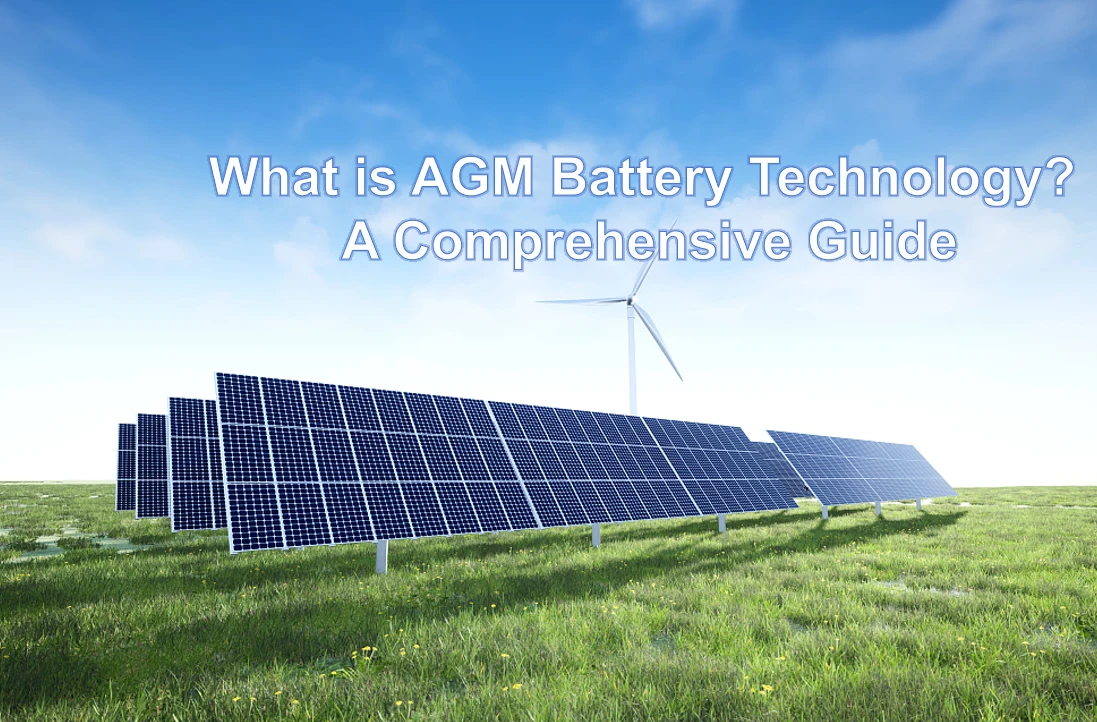
Introduction
AGM, an acronym for Absorbent Glass Mat, is a major player in the ever-evolving battery industry. As the name simply suggests, this is not an ordinary wet-cell battery. The construction at the center of this battery technology and the electrochemical reactions occurring in its cells make it practical in a lot of different applications. This article aims to unveil the world of AGM battery technology, its peculiar intricacies, and its defining features.
AGM Battery Construction
Batteries of the AGM type are appropriately named because of their absorbent glass mat construction, which is a key part of the design. It is precisely this process that separates the AGM batteries from the traditional flooded lead-acid type of battery. Within an AGM battery, there is a fiberglass mat that separates the lead plates, which are immersed in a solution of electrolyte. This mat is very carefully constructed to hold just the right amount of electrolyte, which results in efficient operation.
In AGM batteries, the electrolyte is absorbed into the thin absorbent glass mat, which functions as a sponge. The lead plates are thinner in AGM batteries than in flooded lead-acid batteries. AGM batteries can use thinner lead plates because the glass mat separator keeps the plates from warping and buckling. This results in the ability of AGM batteries to pack more lead plates into a given volume. This gives them more power per volume.
Electrochemical Reactions in AGM Batteries
Electrochemical reactions must be understood to be able to appreciate the performance of AGM batteries. When connected to a load, AGM batteries go through a series of chemical reactions. Simply put, the following is what takes place within an AGM battery:
1. Charging Process
The battery, in general, receives an external voltage supply at the charging electrodes. This results in electrons being transferred from the positive plate to the negative one, producing hydrogen ions (H+) at the negative and sulfate ions (SO4^2-) at the positive plate.
2. Discharging process
At this stage, when a device or load is connected to the battery, all the reactions reverse back. Therefore, during discharging, electrons flow from the negative plate towards the positive, and therefore, current flows, thus energizing a connected device. The cycle repeats itself up to the time its capacity has been depleted.
Discharge Characteristics
AGM batteries show some specific characteristics, which are:
1. Voltage Stability
Due to their stable voltage, AGM batteries provide power steadily in the course of their discharge cycle. This makes them preferable to use in applications where switch-on and switch-off operations in the supply voltage are critical.
2. Deep Discharge Tolerance
With the capability of allowing a deeper discharge compared to other conventional lead-acid batteries, the AGM batteries find even more applications in applications working with frequent deep discharges, such as those found in renewable systems.
3. Rapid Recharging
AGM batteries also accept rapid recharging, thus making it possible for them to be charged very fast. This attribute plays an important role in applications where uptime has to be reduced.
The Takeaway
To sum up, the AGM battery technology provides what seems to be a much better alternative to the traditional lead-acid batteries. With their robust construction and moderately low maintenance requirements, together with varied discharge characteristics, they have found their niche in applications ranging from everyday uses to specialty and industrial applications. Be it for regular power to your car, boat, or renewable energy system, AGM batteries do make a great choice as they are known to be robust and efficient in terms of delivering the right amount of stored energy for your application. So next time you think about buying an application battery, remember the absorbing power of AGM technology.
JYC batteries’ AGM battery technology falls into the state-of-the-art category, providing many benefits over its traditional lead-acid types. JYC’s AGM batteries fall under non-spillable maintenance-free with high service life categories. They also tend to have higher power density and can be recharged quickly compared to others. Get hold of our leading-edge AGM batteries from us today.



